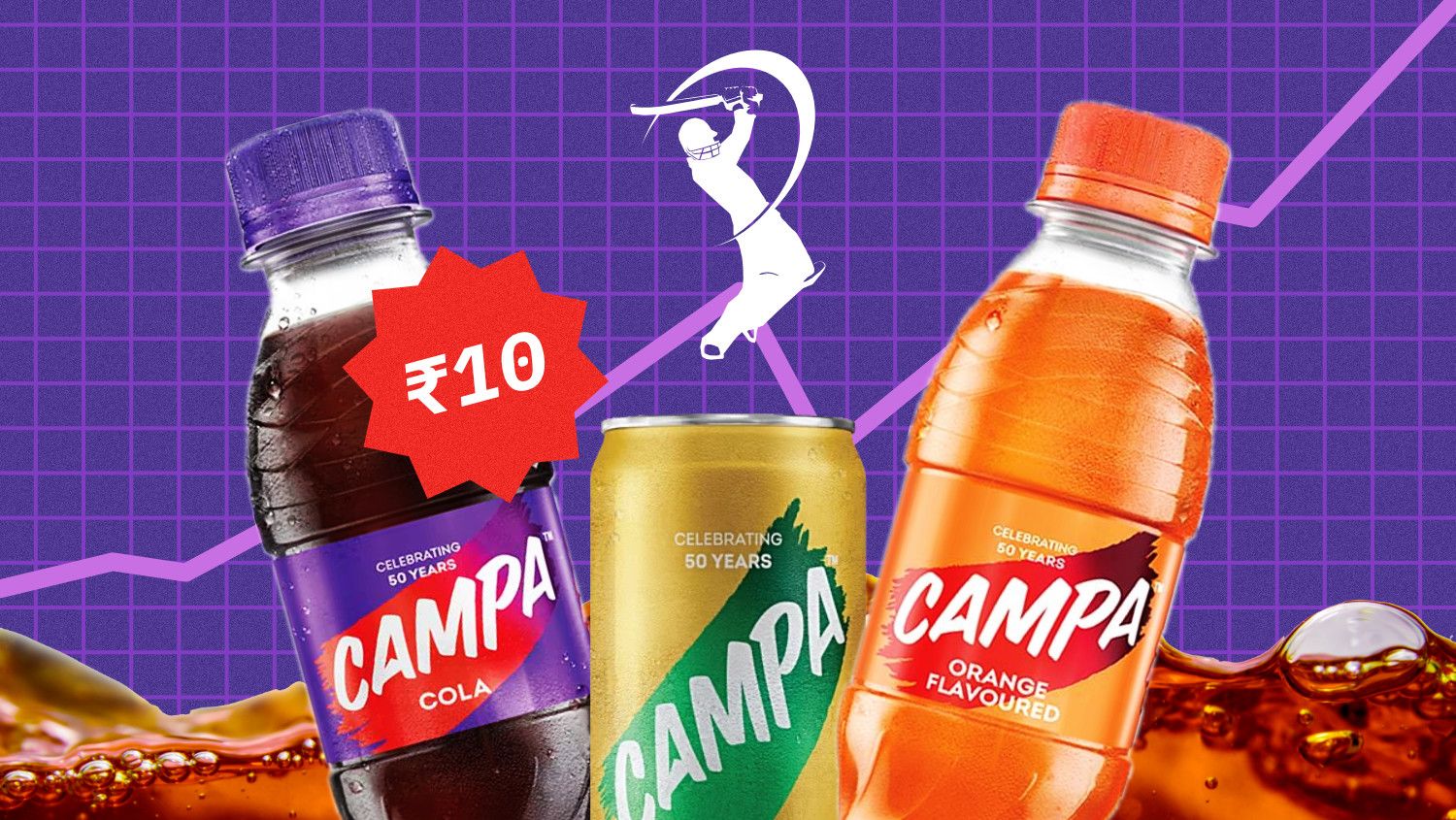Combating Microbial Threats to Foods Basic safety employing–Perfectly–Microbes!
SEOUL, South Korea, Jan. 21, 2021 /PRNewswire/ — Foodborne illnesses are normally triggered by microorganisms dwelling in structured and intricate networks termed “biofilms.” These can be “mono-species” or “multi-species” biofilms. Taking in foods contaminated with pathogenic microbes brings about an estimated 420,000 fatalities on a yearly basis in accordance to the Globe Health and fitness Firm. Though some microbes like lactic acid germs confer advantages in meals basic safety and nutrition, no present physical or chemical approaches can do away with unfriendly biofilms from food completely without having causing adverse side consequences.

Now, in a new post posted in Developments in Food stuff Science & Technological know-how, the leading journal in the food stuff science discipline with an impact issue of 11.077, Professor Sang-Do Ha from Chung-Ang University, Korea, alongside with his colleagues, has reviewed the present literature on biofilm development and its effects on meals industries to establish helpful eco-welcoming ways to eradicate unfriendly microbes. “Contamination owing to biofilms can come about in all forms of food items — raw, minimally processed, contemporary, and completely ready-to-eat,” says Prof. Ha. “Pathogenic biofilms can accumulate on different food processing machines like milk storage tanks and the conveyer belts of meat-processing crops or on the floor of packaging devices.”
Based mostly on past scientific studies, the scientists suggest that both of those mono- and multi-species bacterial biofilms can be countered by organic brokers derived from microorganisms, like bacteriocins, a heterogenous team of proteins produced by microorganisms like lactic acid microorganisms and noted for their environmentally friendly and safe homes to thwart the transmission of pathogenic microorganisms, inhibiting biofilm formation microbial-derived “surfactants,” by natural means manufactured by microorganisms and are each hydrophobic (repelled by h2o) and hydrophilic (attracted to water) and weaken the germs-to-bacteria and bacteria-to-surface connections “bacteriophages,” which are at the moment made use of in food vegetation and are normally happening viruses that specifically focus on foodborne microorganisms to management biofilm development in each mono- and combined-bacterial species organic catalysts/enzymes like lyases and hydrolases that disrupt mobile-to-cell conversation units and break down biofilm constructions and “quorum-quenching compounds” that inhibit precise gene expression in micro organism to disrupt mobile-to-mobile communications and consequently prevent biofilm formation.
The use of chitosan (a sugar which disrupts the bacterial cell membrane), bacteriocin-like inhibitory substances (active anti-biofilm brokers that get the job done considerably like bacteriocins), and bacterial 2nd information inhibitors (which could steer the transmission of indicators within the cell to stay away from forming biofilms), was also talked about by the researchers as additional methods.
Prof. Ha thinks that the right combination of two or far more techniques will be required to disrupt the varied matrix of components in bacterial biofilms. “These emerging novel ways have to have to be verified by considerable in vitro and in vivo scientific studies,” he suggests, “We want to see much more multidisciplinary study so that improvements to present processes can be designed alongside the generation of novel organic agents that are less complicated and more cost-effective to deliver.”
Reference
Title of primary paper: Combating with previous foes: The pledge of microbe-derived biological agents to defeat mono- and mixed-bacterial biofilms relating to food stuff industries
Journal: Trends in Meals Science & Technological know-how
DOI: 10.1016/j.tifs.2020.03.019
Chung-Ang University Web-site
https://neweng.cau.ac.kr/index.do
About Professor Sang-Do Ha
Sang-Do Ha is a Professor of Foodstuff Science & Engineering, Director of Middle for Foodstuff Safety at Chung-Ang College. His team is producing techniques to manage germs and viruses by locating inexperienced microbes and developing new microbe-derived biological brokers to management bacterial biofilms about foodstuff industries. Just before signing up for Chung-Ang University, he concluded 8 several years of research at the Korea Well being Industry Enhancement Institute. In 1994, Sang-Do Ha received his PhD in Foodstuff Science & Technology from Texas A&M University, United states of america.
Media make contact with:
Seong-Kee Shin
[email protected]
02-820-6614
Source Chung-Ang University








